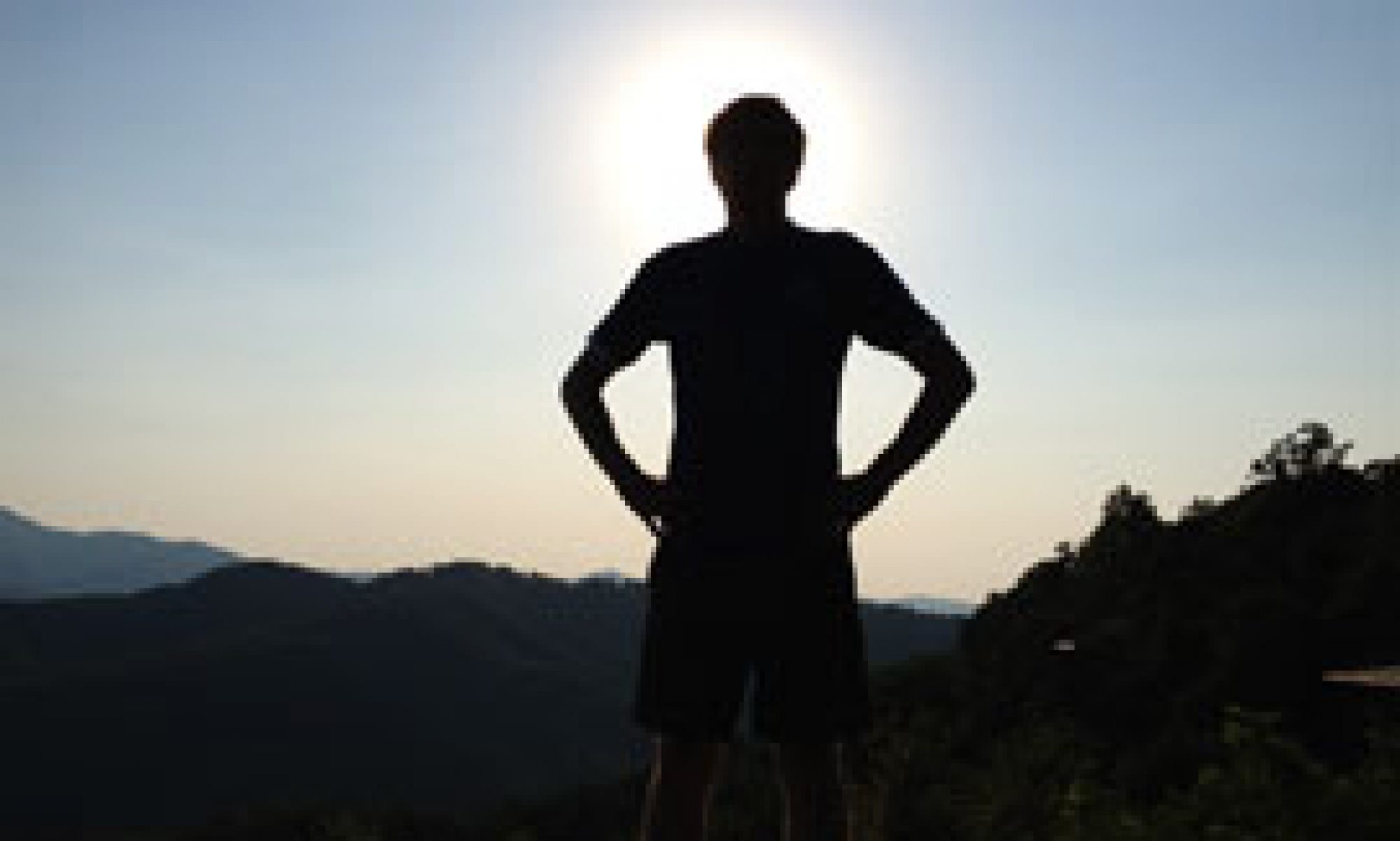In my last post – we looked at what is barefoot running, and is behind the recent renewed interest in running both barefoot and with minimalist shoes. As pointed out – the biggest benefit comes from changes the bio-mechanical aspect of running; the strike of the foot, the distribution of the force and stress of the strike, and the resulting shock transferred to the other joints (ankle, knees, hips). In this post we’ll look more specifically at the touted benefits of “barefoot” running.
In general, there tend to be fewer chronic injuries from “barefoot” running – for purposes of this post I will include minimalist running (running in thin soled or minimal shoes) in the discussion.
It’s helpful first understand the problem that barefoot running is trying to fix. Shoes are a great way of providing extra support to the bones and structure of our feet, and protecting the soles of our feet from rocks, twigs and sharp objects as well as the abrasion that can come from running on hard or rough surfaces (not to mention keeping your feet clean – especially if you run on horse trails like I do!). However, running shoes may have introduced a bio-mechanical problem of their own. As shoe and cushioning technology has advanced, it has naturally (or as a byproduct) sometimes resulted in a heavier or more pronounced heel strike for many runners (this means that they land on their heel first when their foot strikes the ground).
As pointed out in a recent New York Times article,  “Proponents [of barefoot running] say barefoot running is more natural — humans evolved to run without shoes — and economical. When you lift a shod foot, you have to lift the weight of the shoe, and that requires energy. Added to that effort is the cushioning in shoes, which absorbs energy that should go into propelling you forward.” Proponents of barefoot running also point out that a mid-foot or forefoot strike more evenly distributes the force of the strike throughout the foot structure instead of directing the force up from the heel to the knee and hip joints.
“Proponents [of barefoot running] say barefoot running is more natural — humans evolved to run without shoes — and economical. When you lift a shod foot, you have to lift the weight of the shoe, and that requires energy. Added to that effort is the cushioning in shoes, which absorbs energy that should go into propelling you forward.” Proponents of barefoot running also point out that a mid-foot or forefoot strike more evenly distributes the force of the strike throughout the foot structure instead of directing the force up from the heel to the knee and hip joints.
So this brings us to the questions of whether your foot-strike really does make a difference, can you change it, and if “barefoot” running is the only way to get these benefits – and we’ll look at those in the next post.
Questions or comments? Use the reply form below – I’d love to hear from you.

One Reply to “So what does barefoot running do for you?”